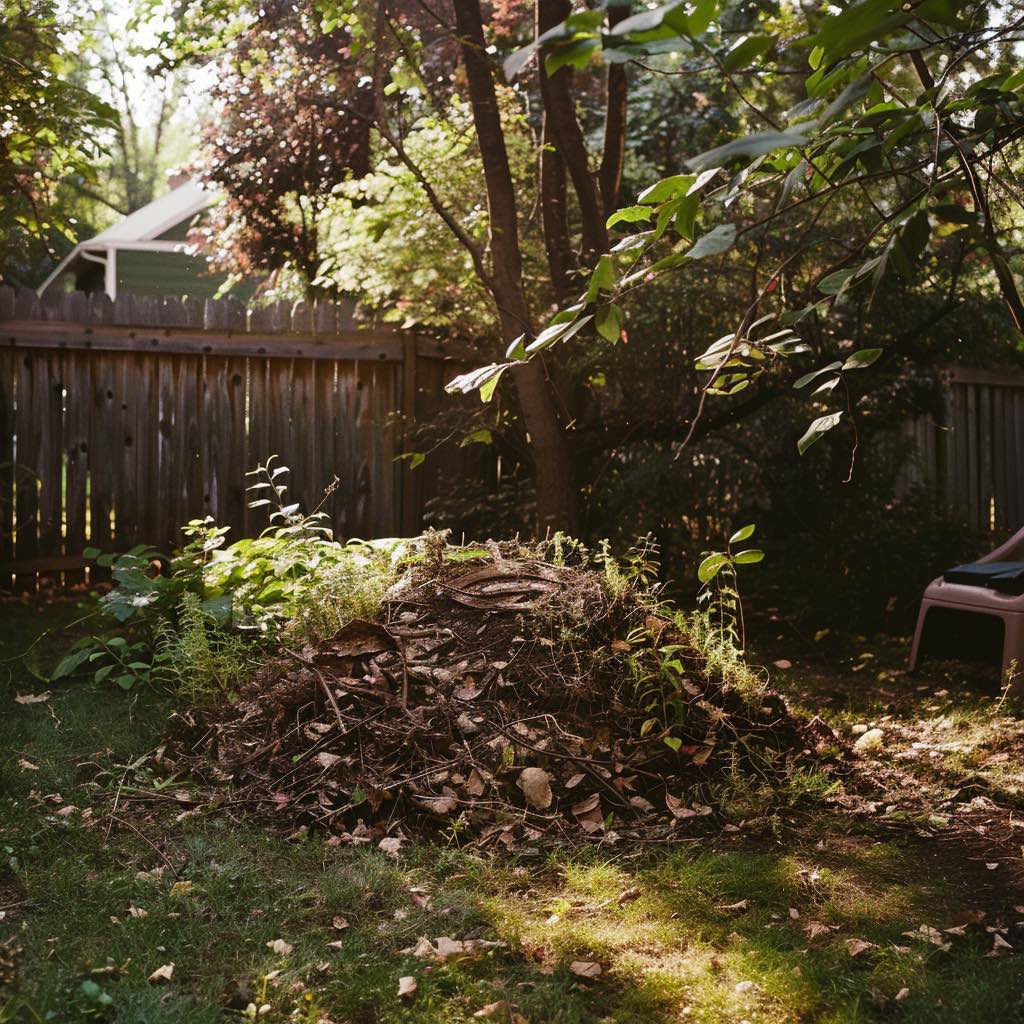Before diving into gardening, it’s crucial to understand the characteristics of sandy soil. Known for its large, coarse particles, sandy soil offers excellent drainage but struggles to hold moisture and essential nutrients. It warms up quickly in spring, which can be advantageous for early planting.
Start by assessing your garden’s soil type. Sandy soil feels gritty and falls apart easily when wet. A soil test can provide valuable insights into its pH level and nutrient composition, guiding your amendment and fertilization strategy.

Sandy soil isn’t a one-size-fits-all challenge. Certain vegetables thrive in these conditions due to their drainage and temperature benefits.
Root crops like carrots, radishes, parsnips, and potatoes perform exceptionally well in loose, well-drained sandy soils. Their roots can penetrate the soil easily, allowing for healthy growth and development.
Leafy greens such as lettuce, arugula, and spinach, along with herbs like thyme and rosemary, can prosper in sandy soil with adequate watering and care. Their quick-growing nature suits the fast-draining characteristics of sandy soil.
Beans and peas are less demanding about soil types and can fix nitrogen in the soil, improving its fertility for future crops.
Enhancing sandy soil’s ability to retain moisture and nutrients is key to transforming it into a productive growing medium.
Adding organic matter is the cornerstone of improving sandy soil. Compost, aged manure, leaf mold, and green manures (cover crops) can significantly increase water retention and nutrient availability. Aim to mix in generous amounts of organic matter at the start of each growing season.
Applying a thick layer of organic mulch (straw, grass clippings, wood chips) on top of your garden beds helps conserve moisture, suppress weeds, and gradually improves soil structure as it decomposes.
Sandy soil requires more frequent fertilization than other soil types due to its quick leaching of nutrients. Use a balanced, slow-release organic fertilizer to provide steady nutrition. Additionally, applying fish emulsion or seaweed extract can give your plants a quick nutrient boost during the growing season.
Adopting efficient watering techniques is crucial in sandy soil to ensure plants receive enough moisture without wasting water. Drip irrigation or soaker hoses deliver water directly to the plant roots, reducing evaporation and ensuring deeper water penetration.
Sandy soils often tend towards being acidic. Conduct a soil test to determine the pH level and adjust accordingly using lime to raise the pH or sulfur to lower it, ensuring your plants can access the nutrients they need.
While sandy soil presents unique challenges for vegetable gardening, it also offers remarkable opportunities for growth. By understanding what plants thrive in sandy conditions and implementing strategies to improve soil quality, gardeners can enjoy a productive and vibrant vegetable garden. Remember, the key to success lies in regular soil care and adaptation to the unique needs of your garden. With patience and persistence, sandy soil can yield an abundant harvest that rivals any other soil type.